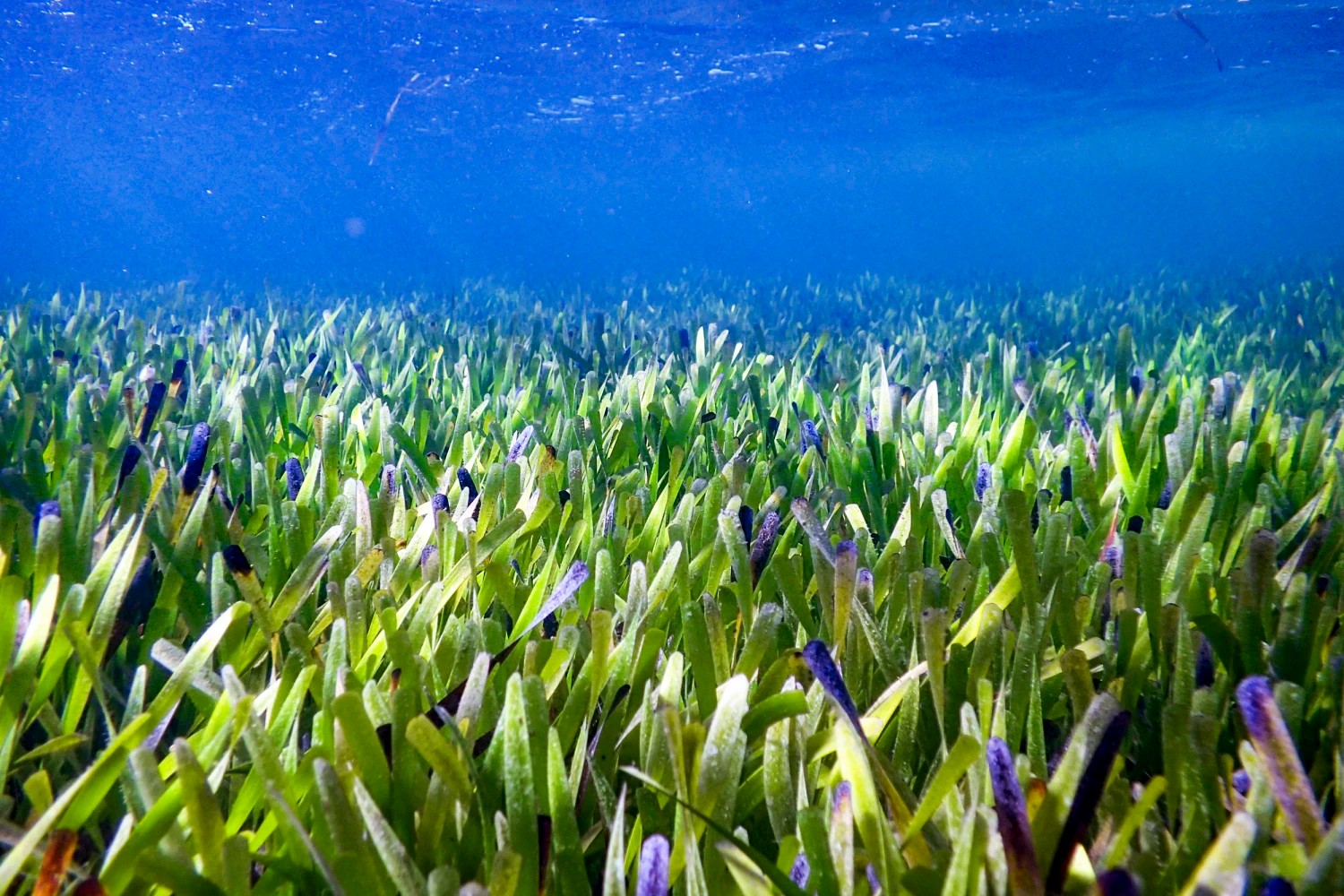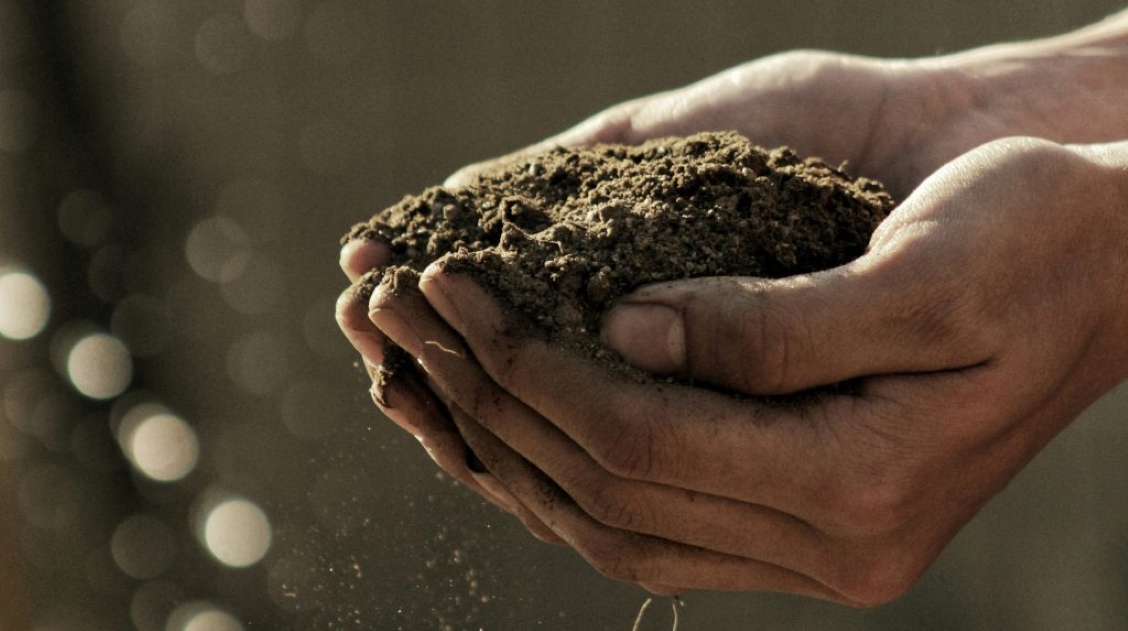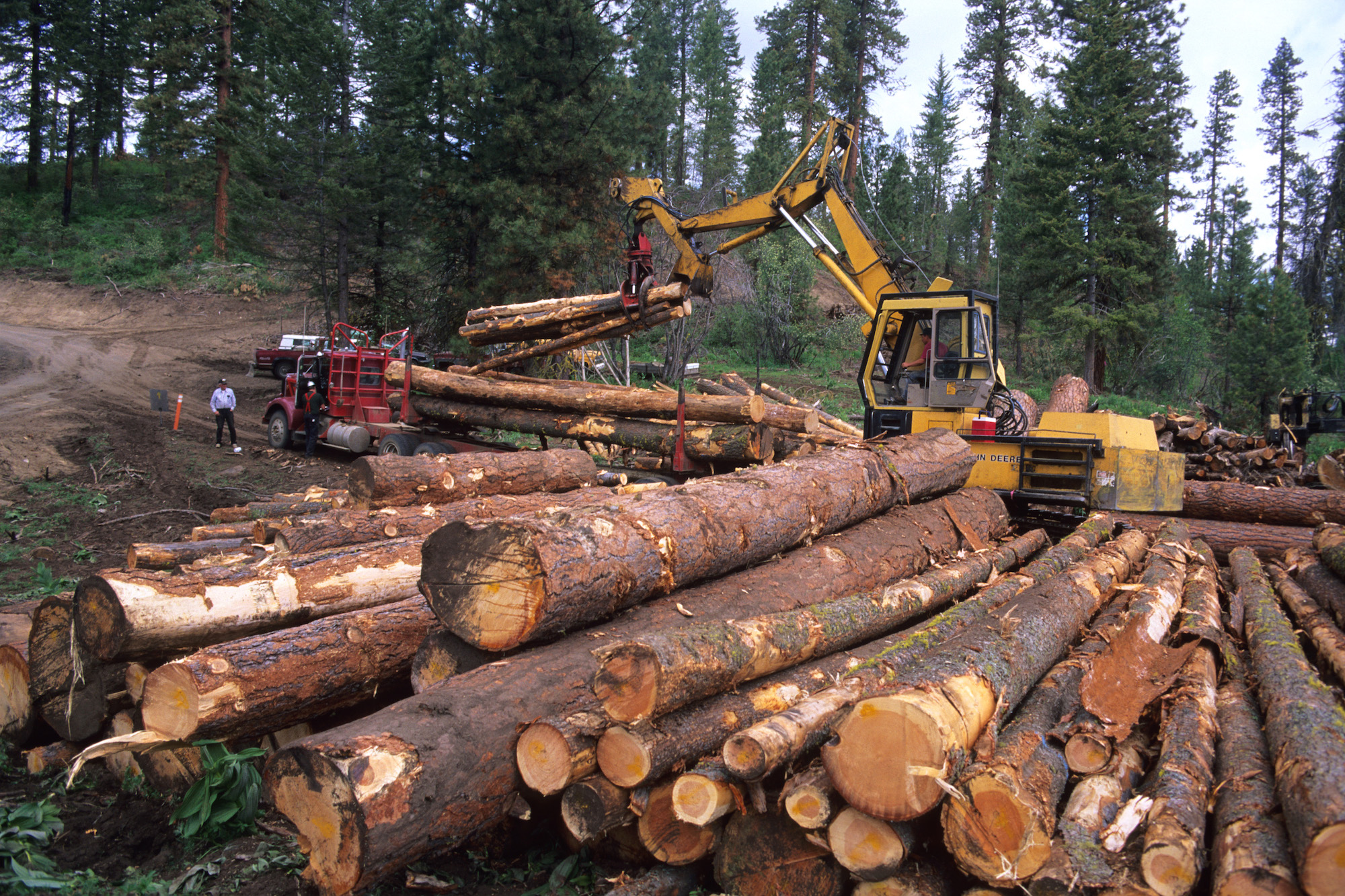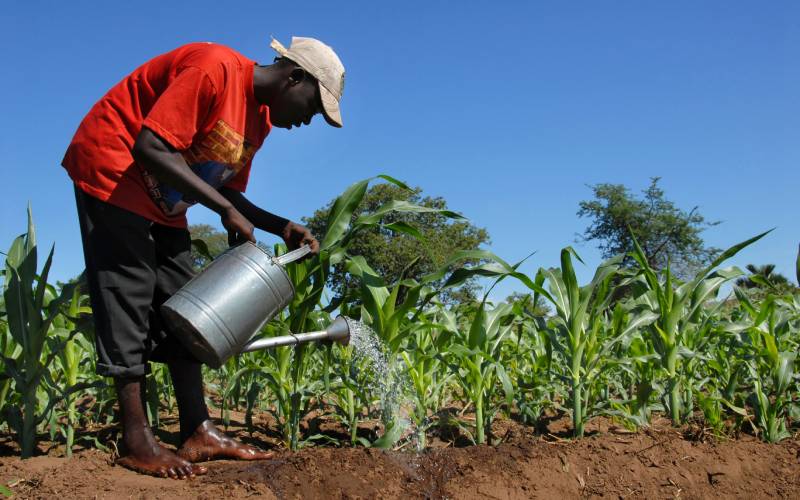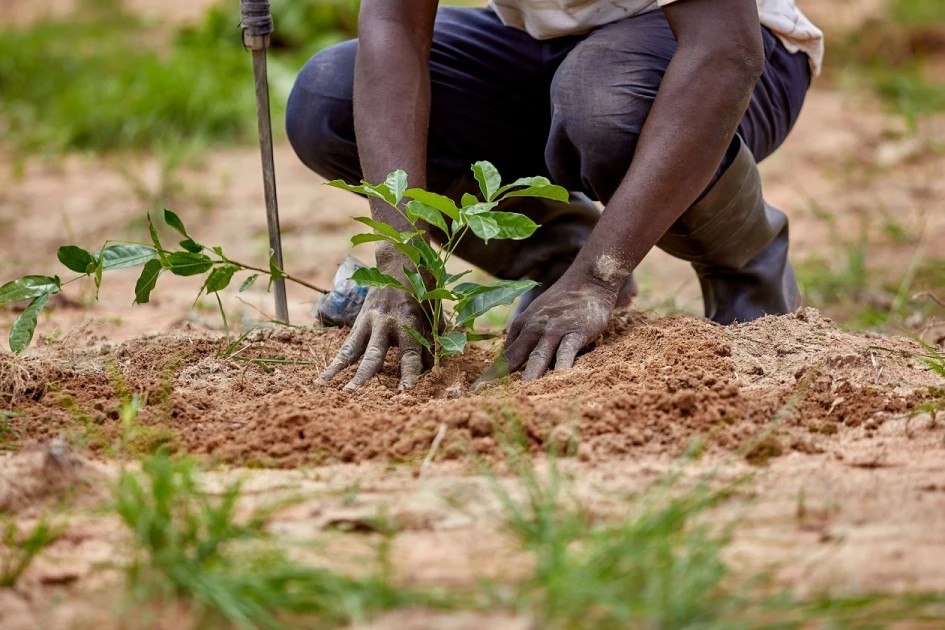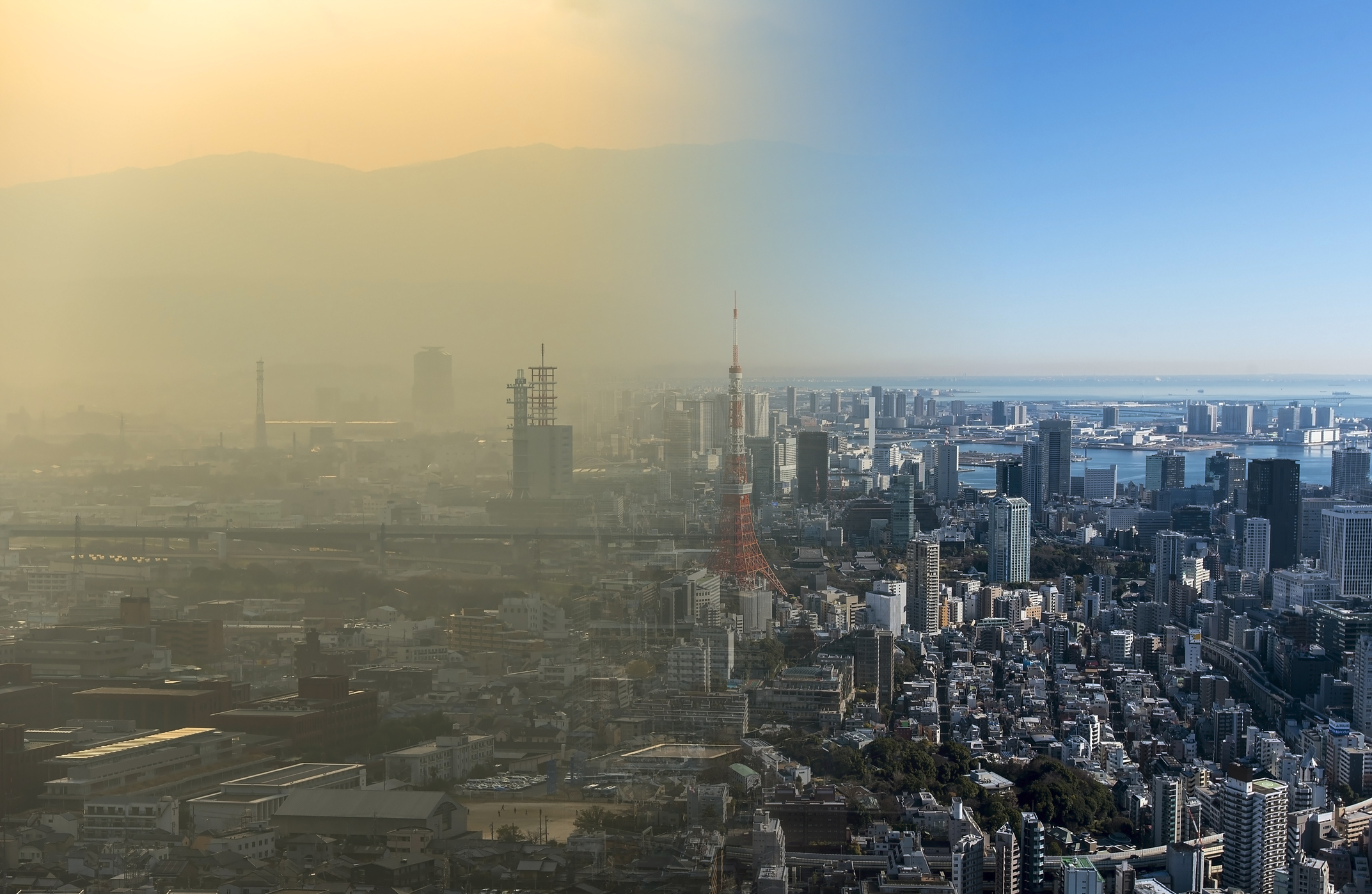- Seagrass meadows are endangered due to coastal development, pollution from runoff, dredging, and the effects of climate change. Protecting and restoring these underwater meadows is crucial not only for marine life but also for the stability of our planet of millions who depend on healthy oceans. Supporting initiatives that safeguard these essential habitats is a direct investment in the future of our planet’s oceans.
Seagrass meadows are under threat from coastal development, pollution carried by runoff, dredging, and the accelerating effects of climate change. Protecting and restoring these underwater meadows is not just vital for marine life, it’s essential for the stability of our planet and the millions who depend on healthy oceans.
Supporting initiatives that safeguard these habitats is a direct investment in the future of our oceans.
Often called the "ocean's nurseries," seagrass meadows are among the most valuable and vulnerable ecosystems on Earth. These submerged flowering plants, though not true grasses form vast underwater carpets that are absolutely critical to the health of marine environments worldwide.
Seagrasses play a central role in ocean ecosystems. First, they serve as biodiversity hotspots. Their beds provide habitat and shelter for thousands of marine species, including endangered ones. They act as nurseries for commercially important fish, crustaceans, and shellfish offering a safe haven for juveniles before they migrate to coral reefs or the open sea. This biodiversity underpins global fisheries and coastal economies.
Seagrass also protects coastlines. Its dense root networks stabilize the seabed, preventing erosion. The blades absorb wave energy, reducing the impact of storms and rising sea levels shielding coastal communities and infrastructure from damage.
Read More
These plants are natural water filters. They trap fine sediments and pollutants, improving water clarity and quality. Clear water is essential for light-dependent ecosystems like coral reefs to thrive.
Perhaps most crucially, seagrasses are powerful carbon sinks. They capture carbon dioxide from the atmosphere at a faster rate than tropical rainforests, storing it in their leaves and in the sediment below for millennia. This stored carbon known as "blue carbon" is a frontline defense against global warming.

